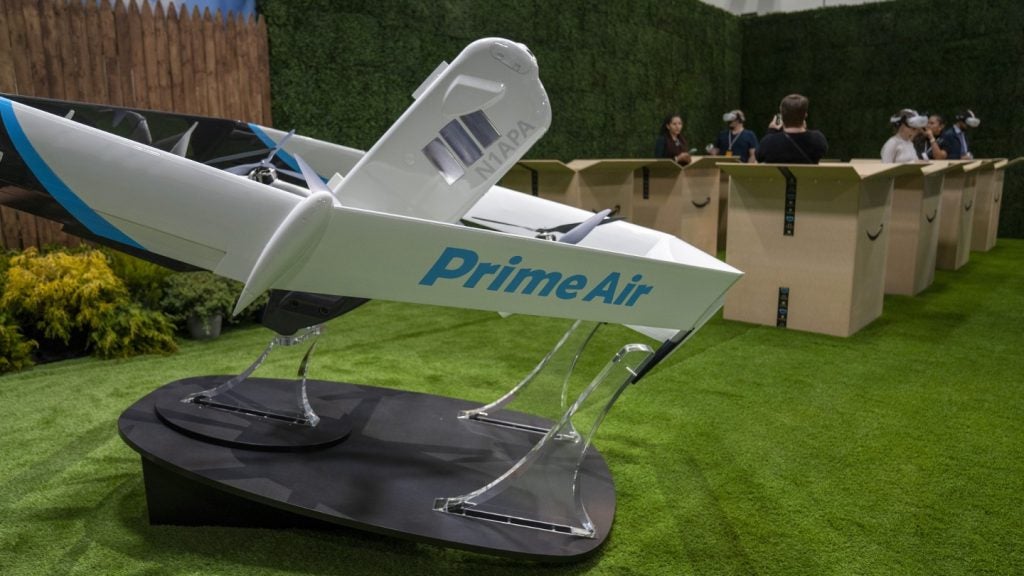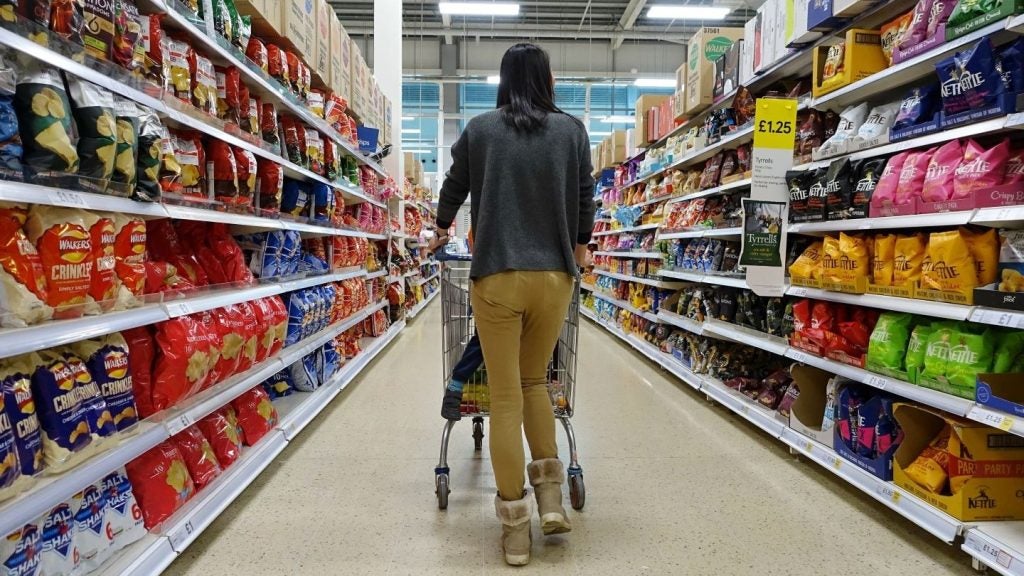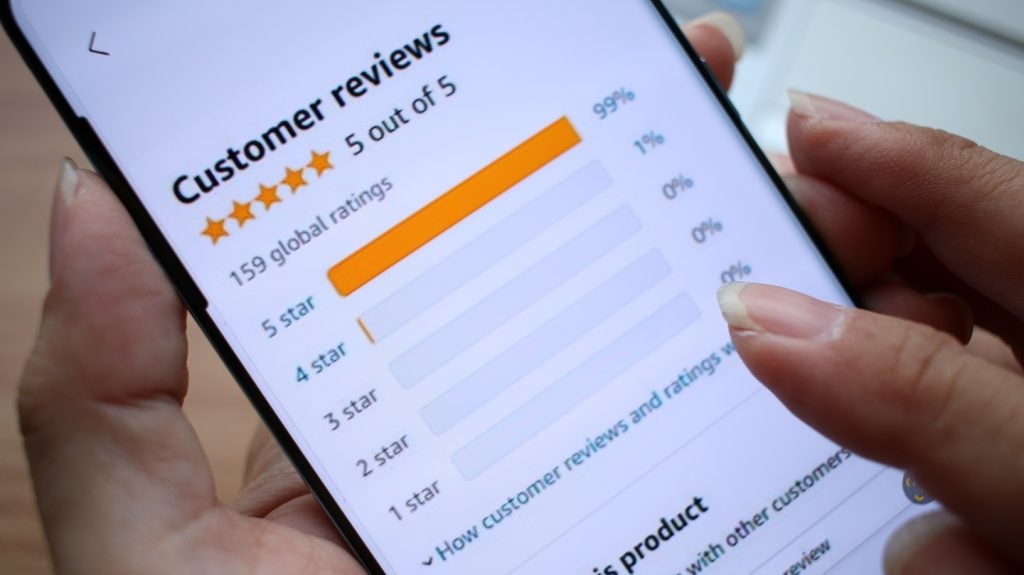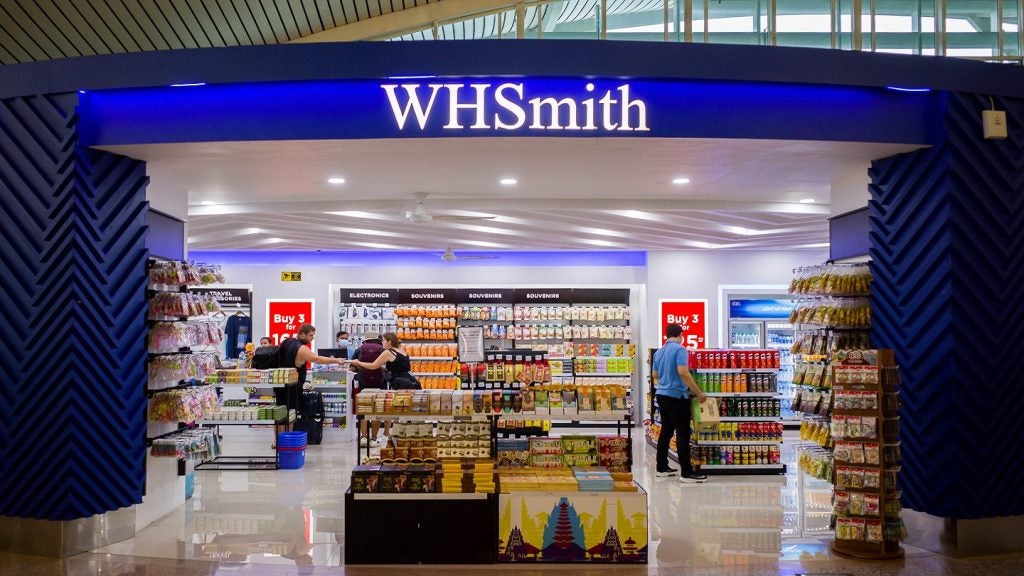The UK’s Civil Aviation Authority (CAA) has announced its selection of six projects to test drone delivery services in retail deliveries, infrastructure inspections and emergency services – so, what next?
Using advanced navigation, control and detection technologies, the six selected projects will be permitted to fly drones at distances beyond the ‘line of sight’, a regulatory benchmark indicating the operator’s ability to see the drones.
“Timings of trials is down to the individual operators, but these trials are a significant step forward,” a CAA spokesperson tells Retail Insight Network. “The data and insights we gather from them will help us work on ensuring that drones flying beyond the visual line of sight can operate safely in the future.”
In its announcement yesterday (15 August), the CAA named Amazon’s Prime Air as the bellwether for drone deliveries in the retail industry. Amazon has previously said customers in the UK, Italy and parts of the US will have the option of drone delivery “beginning in late 2024”, some eight years on from its first-ever drone delivery to a customer.
The CAA chose London-based NGO Project Lifeline to test drone delivery of medical supplies, while Glaswegian firm Airspection will carry out inspections of the UK’s extensive spread of offshore wind farms in the North Sea.
The other three selected projects are the National Police Air Service, NATS (National Air Traffic Service), both under the UK aviation regulator’s jurisdiction, and Project Sustainable Aviation Test Environment, or SATE.
A futile investment?
Two pressing questions remain.
Firstly, are drone delivery services worth the investment?
In retail, e-commerce giants like Amazon, Alibaba and eBay already offer startingly rapid delivery times, with the ‘next-day delivery’ option no longer considered a luxury, but a necessity.
Considering how fast delivery turnaround already is, analysts wonder if consumers will pay a presumed premium just for a slightly faster delivery.
“Most of the UK population lives in cities. If I live in a flat, as most people in London do, a drone can’t deliver a package to my door,” Carolina Pinto, thematic analyst at GlobalData, tells Retail Insight Network.
While conglomerates like Amazon undoubtedly have the considerable capital required to purchase and maintain swarms of drones, it will likely cost more than investing in delivery drivers – even if investigations show retail giants underpaying and overworking drivers.
“Drones are restricted to operating outdoors, and can only deliver one package compared to delivery trucks and bikes that can deliver many at a time,” says Pinto.

On the public investment side, delivery drones seem far from a pressing area for government funding, already stretched in the UK according to recently elected Chancellor Rachel Reeves’ piercing assessment of the country’s finances.
Instances of last resort show why drone delivery services could be more accepted for emergency services applications, such as using thermal imaging to detect people in hard-to-reach areas like rubble and tunnels during a rescue operation. Two-thirds of the UK’s fire services are reportedly already using drones.
Prime Minister Keir Starmer and Health Secretary Wes Streeting have pledged to cut NHS waiting times with 40,000 more appointments every week, a promise that makes significant investment in drones to deliver medical supplies less of a priority.
Circumventing the need for individual inspectors to check wind turbines, bridges, railways and roads is also useful, but hardly revolutionary without solving any identified infrastructural issues.
A risk of “property damage or physical harm”?
The second question is will – and should – drone delivery services pass regulatory assessments?
The CAA appears in favour of implementation. In February, the UK regulator set out a proposal for drones to be used for critical medical deliveries, despite previously warning drone operators not to disrupt emergency helicopters.
“The primary objective of these drone trials is to gather essential safety data and insights that will help the UK Civil Aviation Authority safely integrate drones flying beyond visual line of sight (BVLOS) into UK airspace,” the CAA spokesperson tells Retail Insight Network.
The selected projects largely involve autonomous drones, but their capacity to manoeuvre around buildings, birds and people remains unclear.
Both for deliveries and healthcare, there lies value in reaching remote parts of the UK with poor transport links. But with 84.4% of the UK population located in urban areas, such drones pose “a safety risk to highly populated areas”, according to Pinto.
“If drone delivery does become cheaper than current delivery methods, other challenges will emerge,” Pinto concludes. “Are drones intelligent enough to autonomously navigate in a sea of hundreds of drones? How do you mitigate the risk of a drone causing property damage or physical harm? These are all questions regulators need to consider.”















